

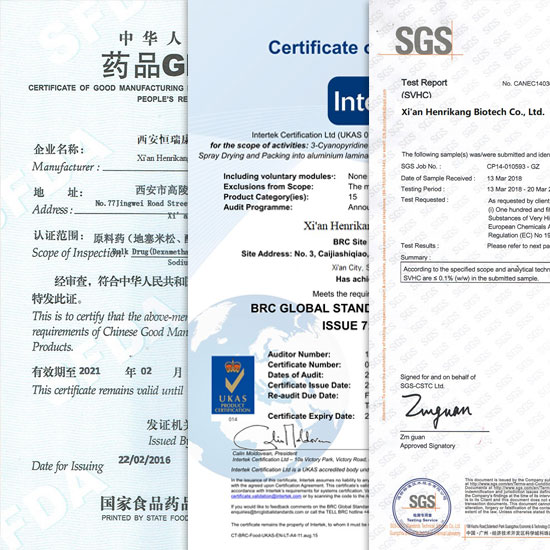



Related Attributes
Product details
Quercetin is widely found in angiosperms, such as red tubularia, cat's eye, iron bag gold, Manchia red, loquat loquat, Rhododendron rhododendron, white mountain, dwarf tea, Apocynum. It is an aglycone, which is often combined with sugar in the form of glucoside, such as quercetin, rutin, hypericin, etc.
Uses of Quercetin.
Quercetin, as the most common flavonoid, has a variety of biological activities, can be antioxidant, and plays an important role in the clinical treatment of cancer and cardiovascular diseases.
Antioxidant function
Quercetin is not only involved in anti-oxidation in vitro, which can inhibit oxidative damage to DNA, but also protects tissues from oxidative damage in vivo by reducing the concentration of peroxide in tissues.
Anticancer effect
On the one hand, quercetin can effectively inhibit the production of free radicals. Its flavonoid components such as quercetin can significantly reduce the incidence of gastric cancer, directly inhibit the growth of cancer cells or may act on the cell transduction pathway of cancer cell proliferation. On the other hand, it can enhance the action of anti-cancer drugs and significantly improve their efficacy.

Preparation of Quercetin.
Product Method of Bulk Quercetin Powder.
The bark of Quercus plants in the beech family is ground into powder, washed in hot salt water, extracted with dilute ammonia, and neutralized with dilute sulfuric acid. The filtrate is boiled and crystallized. It can be extracted from liliaceous plant onion (Alliumcepa) with 95% ethanol; It can also be obtained from rutin (rutin) extract and quercetin, isoquercetin, anisidine, hypericin, quercetin, lapetin and other hydrolyzed by rutin decomposing enzyme or acid aqueous solution.
WHY CHOOES US?

OUR CERTIFICATE
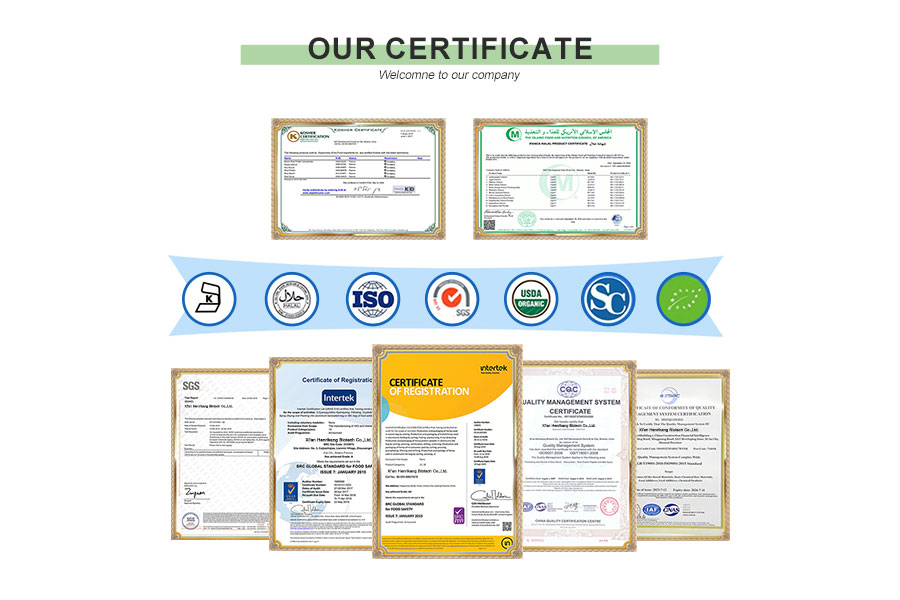
CUSTOM PROCESS
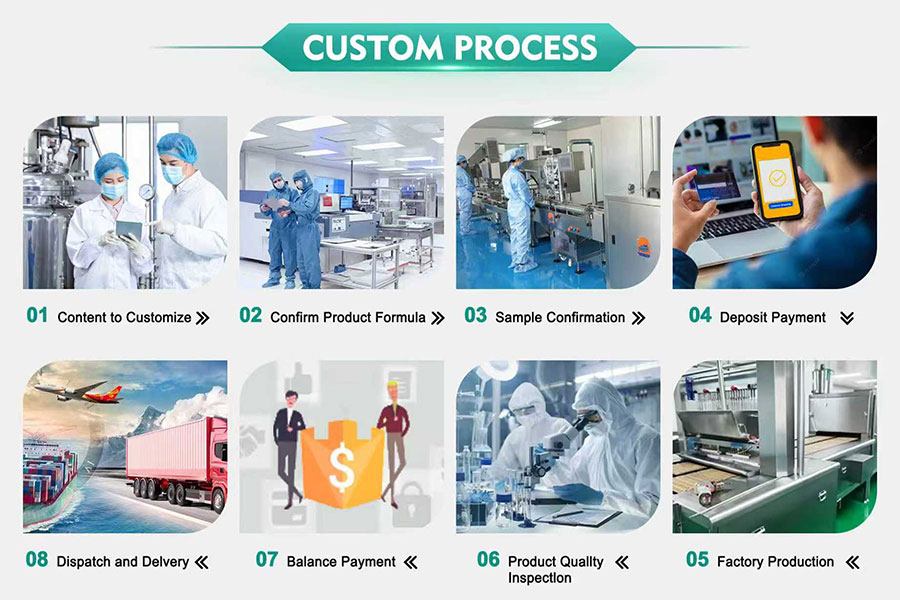
OUR PACKAGE
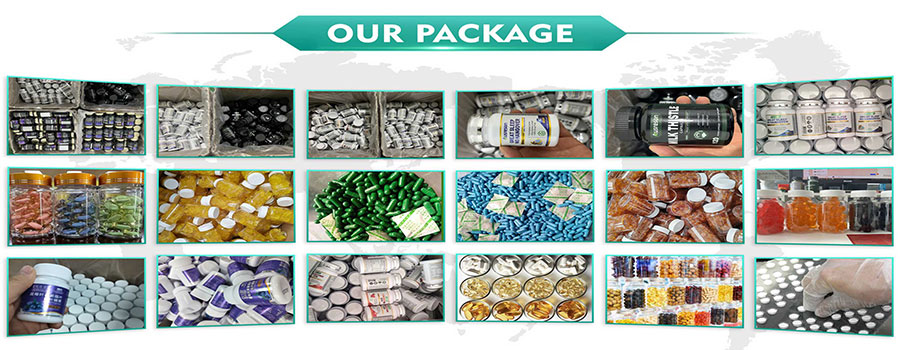
OUR EXHIBITION
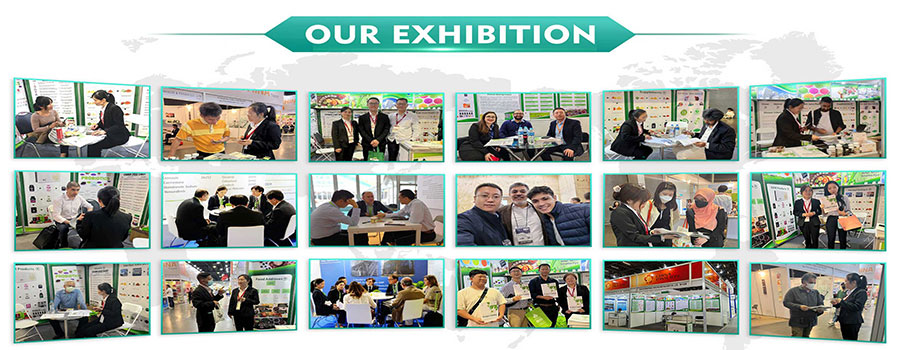
OUR FACTORY
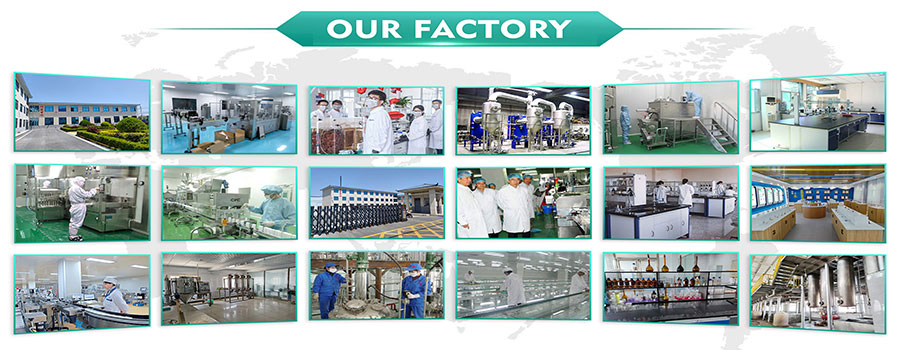
Shipping

Pharmaceutical Intermediate manufacturers
©2022 Xi'an Henrikang Biotech Co., Ltd.,